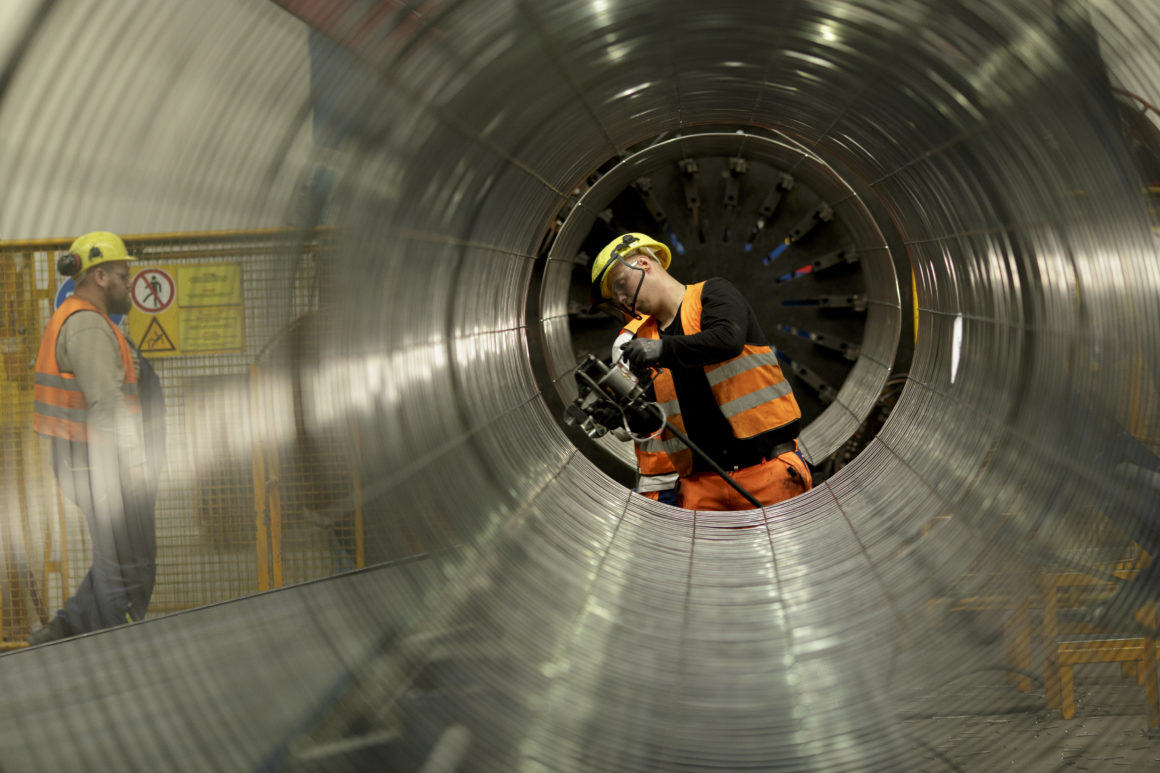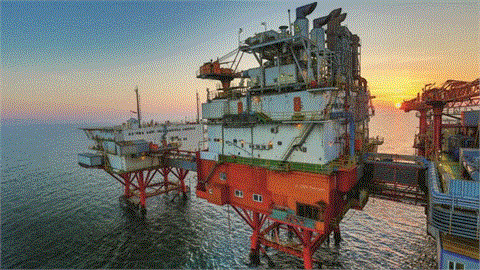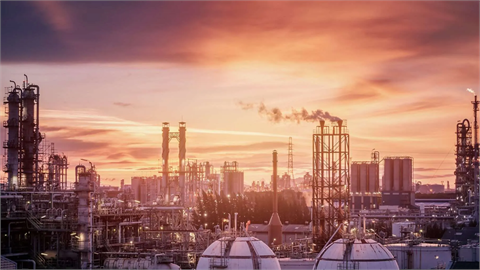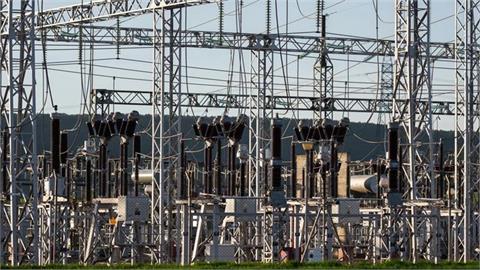The process of developing a legally binding regulatory framework for the creation of incremental pipeline capacity in the EU and hence for the construction of new gas pipelines has been uneven and slow. Eight years after the TEP was adopted in March 2009, and more than five years after it entered into force in September 2011, the CAM NC was finally established in March 2017
However, it did not fully resolve all
the problematic issues in respect of the regulatory treatment of incremental capacity. The passage of time
meant that many new pipelines, which were initiated around the time of the TEP’s adoption and entry into
force, developed under a patchwork of TEP exemptions, OS procedures, and IGAs. This meant that
incremental capacity was allocated and contracted under different regulatory regimes which – while not
dissimilar – were not identical to the regulatory framework established by the CAM NC.
In addition, although the CAM NC established a legally binding regulatory framework for conducting an
incremental capacity process, it left important regulatory specificities, particularly in respect of capacity
allocation methods, for the TSOs and NRAs to decide. This meant that the latter have been able to
develop capacity allocation methods which differ across the EU.
As a result, there are differences in the
regulatory treatment of incremental capacity both between the CAM NC and the previous frameworks
(exemptions, OS procedures, and IGAs) as well as within the CAM NC itself. Thus, the problem of the
regulatory treatment of incremental capacity – created under diverse frameworks with varying degrees of
consistency – has not been fully resolved at the EU level and uncertainty remains in respect of its future
treatment.
These problems have been made more difficult by the ongoing politicization of EU gas regulation,
particularly in respect of Russian gas, and this adds further uncertainty in respect of the regulatory
treatment of new EU pipelines, connected with Russian export pipelines. Signs of such politicization
started to appear even before the sharp deterioration in the EU–Russia political relationship in the
aftermath of the 2014 Ukraine crisis.
For example, the cap imposed in 2009 by the EC on the utilization
by Gazprom of OPAL (and hence Nord Stream) capacity was not justifiable on regulatory grounds. Such
signs became even more evident post-2014, when the EU started to develop its new policy initiatives,
which aimed de facto at reducing EU dependence on Russian gas and placing artificial constraints on
Russia’s Europe-bound export pipeline capacity, in order to inter alia preserve significant transit of
Russian gas across Ukraine.
As the EC exhausted its ability to control capacity in Nord Stream 2 on the basis of the existing acquis, it
launched several legislative initiatives – most importantly, the proposal to amend the Third Gas Directive.
If adopted, the amended Directive would enable the EC to control the degree of utilization of capacity in
pipelines coming to the EU from third countries and hence the degree of utilization of capacity in the EU’s
internal connected pipelines (irrespective of whether the latter are regulated).
This would increase the
(already significant) uncertainty in respect of regulatory treatment of incremental capacity in the EU
(including the projects that have been initiated prior to adoption of the amended Directive). At the time of
writing, lack of political agreement among member states means that it is uncertain whether such
regulatory action will succeed. To the extent that it does succeed, it will politicize – and ultimately
undermine – an EU regulatory framework that has been painstakingly constructed over several decades.
This paper concludes that, given the uncertainty and complexity associated with the regulatory treatment
of incremental capacity, the projects that have been initiated prior to the CAM NC’s entry into force should
proceed under the rules which were in place at the time of their initiation. Although the EC and the
regulatory authorities might be tempted to request some changes in respect of their regulatory treatment
– particularly where this differs from what would have been required under the CAM NC – this temptation
should be resisted, as further changes would unnecessarily increase uncertainty and complexity.
Overall,
the complexity and the lack of clarity associated with the regulatory framework for incremental capacity
v
in the EU (resulting from the way in which regulation has developed, as well from its subsequent
politicization) suggests that very few major new pipelines will be built in the EU in the future, apart from
those under construction or foreseen in this paper (including TAP, EUGAL, and the Baltic Pipe) and
possibly also those pipelines needed for connecting the second string of Turkish Stream with European
markets. This is because it will be much easier for those wishing to bring additional gas to Europe to do
so via LNG import terminals.




